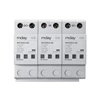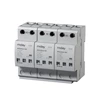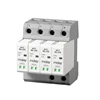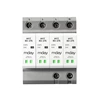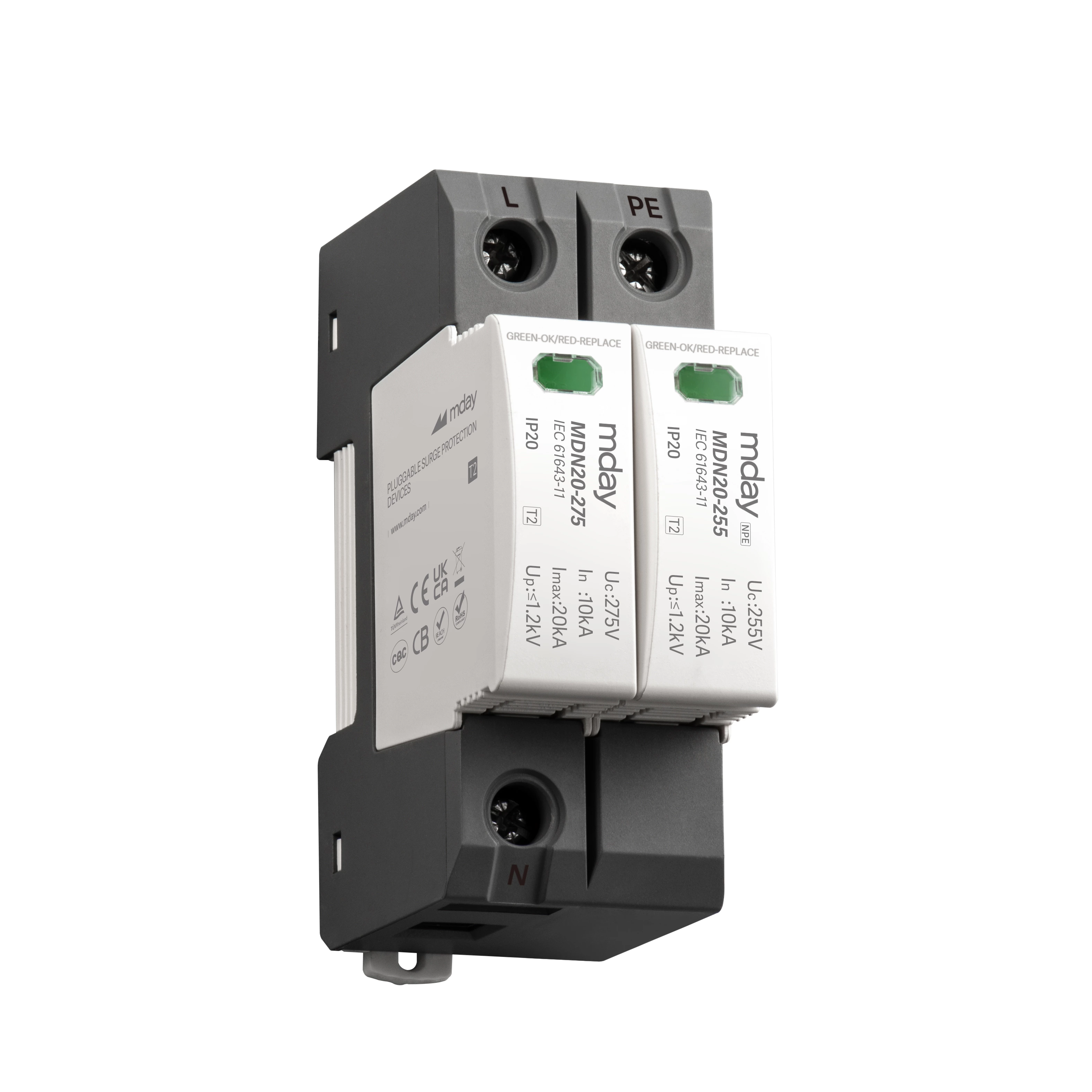Installation And Protection Of Low Voltage Spd Surge Protector
Lightning is a violent atmospheric physical phenomenon. Lightning disaster is a serious natural disaster, and is listed in a prominent position among the top ten natural disasters that cause serious harm to mankind by the United Nations International Committee on Disaster Reduction. Thunderstorms are extremely destructive and pose a huge threat to property and the safety of people's lives. Below, the editor will take you to understand the installation and protection of low-voltage SPD surge protectors.
Installation location
According to its type, the installation location of low-voltage SPD surge protection device is as follows:
Class 1 or "high energy" is installed at the main incoming line of an independent distribution cabinet or main distribution board to effectively discharge most of the lightning energy.
Class 2 or "primary" is installed at the incoming line of the main distribution board to discharge the overvoltage pulse energy as much as possible and limit the overvoltage amplitude.
Type 2 (or Type 3 or "Primary") is installed at the secondary power panel, close to sensitive equipment, to further limit the overvoltage amplitude and improve the protection level.
Protection mode
Since lightning pulses are essentially common-mode phenomena, D5 type surge protectors are mainly installed in common mode connection (between the effective conductor and the earth).
In some cases, it is recommended to add additional differential mode protection (between phase and neutral). For such applications, CTEL provides specific gas discharge tubes with neutral to ground (common mode) protection
Products: This type of installation is called common mode/differential mode protection in the EC60364 standard and uses SPDs similar to DS44-230/G.
Installation Method
The SPD is connected in parallel to the AC network and must be equipped with external protection (fuse or circuit breaker) to provide short-circuit protection (see "Disconnector" paragraph].
The total length of the AC power network wiring must be less than 0.5m to avoid increasing the voltage protection level Up of the surge protective device.
The wiring is connected by screws. In some cases, the distribution busbar can be used.
The ground wire of the SPD must be connected to the equipotential bonding strip of the distribution cabinet. Avoid connecting the ground wire in parallel with the phase line.
The cross-sectional area of the connecting wire of Class 2 SPD must be greater than 6mm2; the cross-sectional area of the connecting wire of Class 1 SPD must not be less than 16mm2.
The grounding resistance requirements must comply with local electrical specifications.


